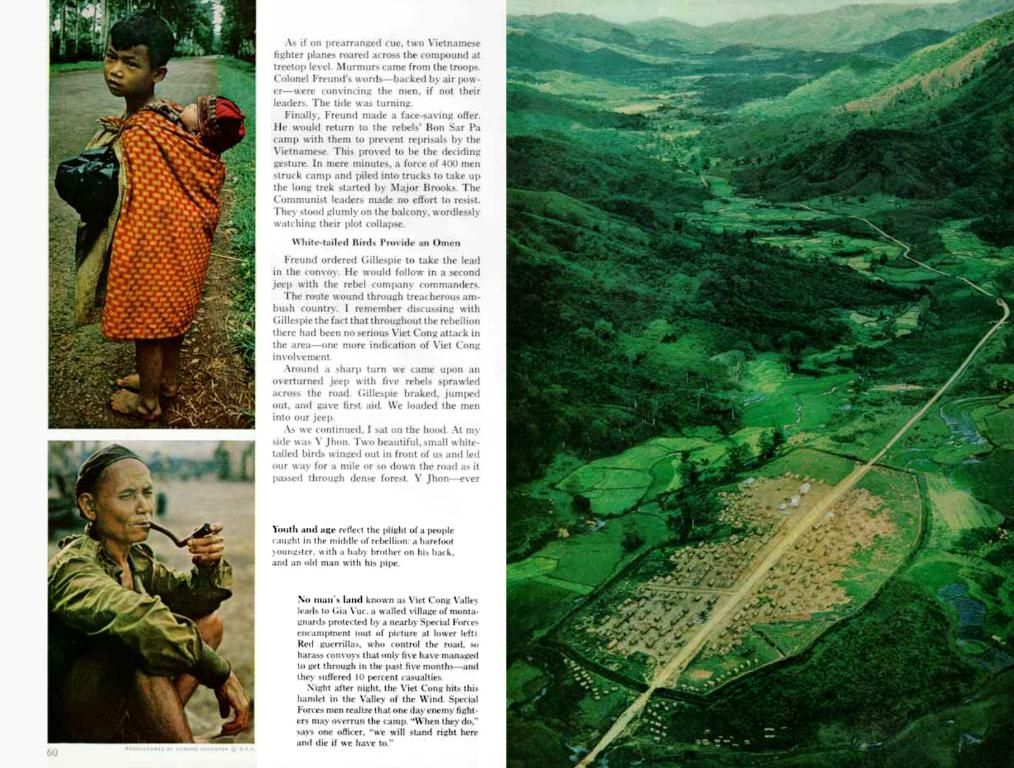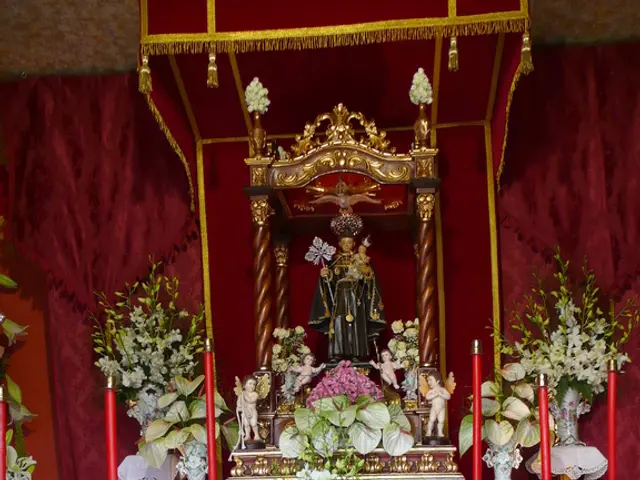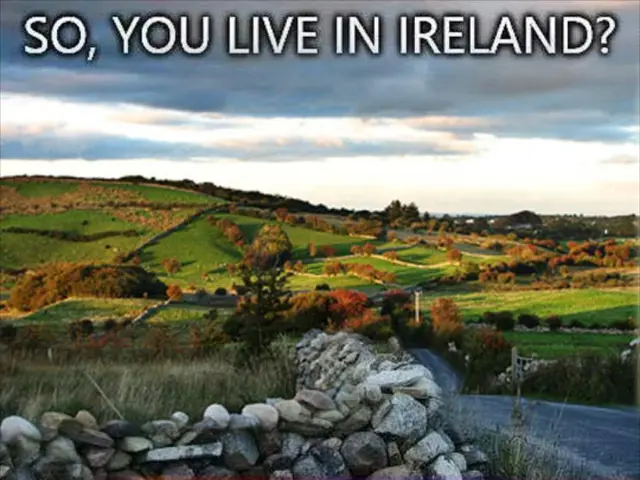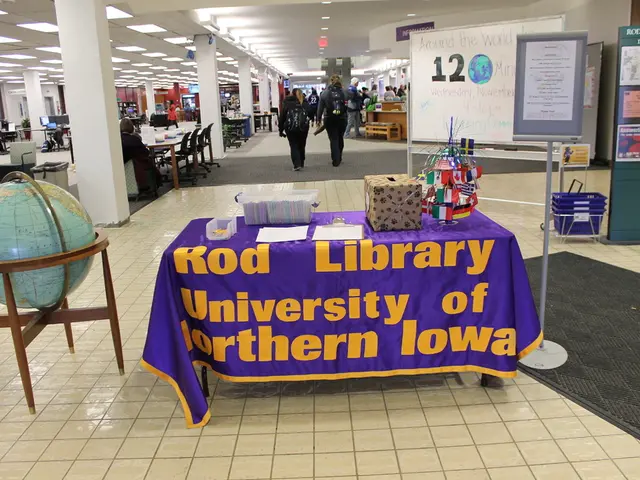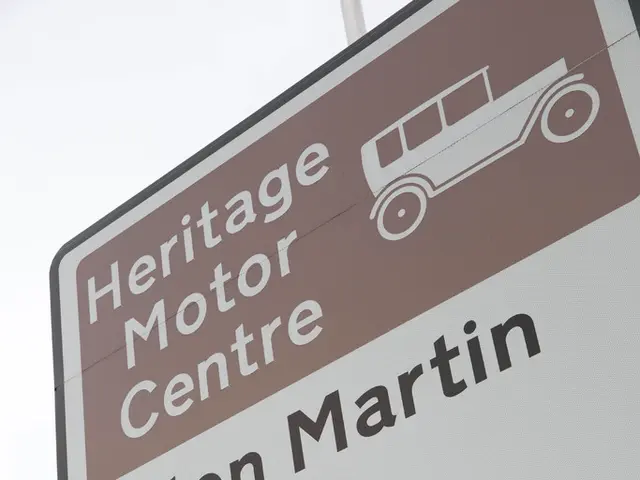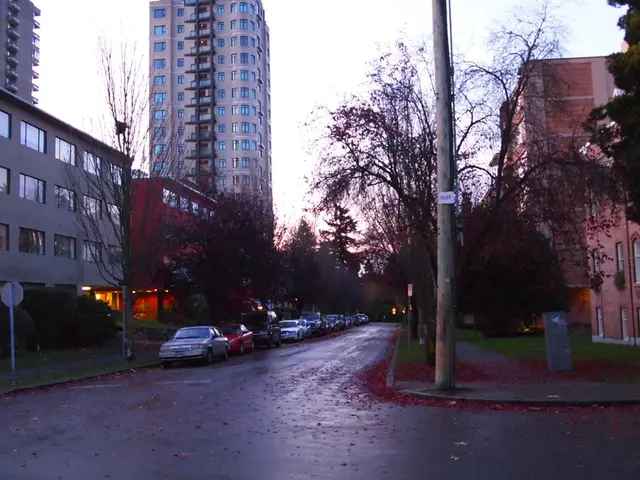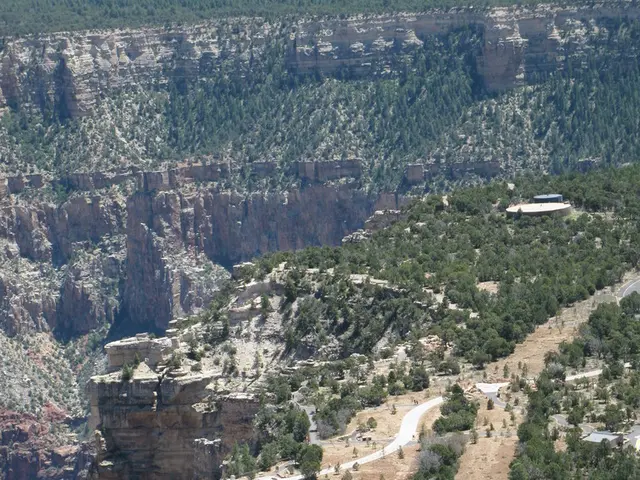Scotland Film Sites: A Must-Visit Destination for Cinema Enthusiasts
veer off the beaten path and delve into the cinematic wonders that Scotland has to offer! This country has been the perfect backdrop for a plethora of films, from thrilling action flicks to emotional dramas. So grab your popcorn and let's explore some of Scotland's most iconic film locations!
Edinburgh: Grit and Gothic Charm
Few cities have had such a magnetic romance with the big screen as Edinburgh. Trainspotting (1996), a must-watch for any Brit-fan, is the city's claim to fame. Although largely shot in Glasgow for budget reasons, the film's opening sequence-Renton and Spud sprinting down Princes Street-has become one of the most iconic sequences in modern British cinema. You can pay a visit to the area near Calton Road, one of the film's urban backdrops, or explore Leith, the gritty neighborhood immortalized in the novel.
For the Marvel enthusiasts, Edinburgh featured in Avengers: Infinity War (2018), where Scarlet Witch and Vision fought Thanos's Black Order on the Royal Mile and inside Waverley Station. The juxtaposition of Hollywood spectacle with the city's medieval sites and neoclassical skyline highlights Edinburgh's adaptability on the silver screen.
For those with a soft spot for the literary, Greyfriars Bobby (1961), The Prime of Miss Jean Brodie (1969), and the adaptation of Muriel Spark's novel all offer an architectural tour of the city, with locations around Greyfriars Kirk, George Heriot's School, and the Grassmarket.
Glasgow: Scotland's Chameleon
Glasgow, Scotland's largest city, has become a go-to spot for filmmakers seeking a versatile backdrop. With its Victorian architecture and grid layout, it has doubled for Philadelphia (World War Z), San Francisco (Cloud Atlas), and even Gotham City (The Flash, 2023).
However, Glasgow is also central to Scotland's hard-hitting social realist cinema. Red Road (2006), directed by the unique Andrea Arnold, made use of the high-rise flats of the Red Road estate as a haunting symbol of urban isolation and voyeurism: two themes recurrent in Arnold's work. Ratcatcher (1999), Lynne Ramsay's poetic encapsulation of childhood during Glasgow's 1973 bin strike, further cements the city's place in raw, reflective, and confrontational British cinema.
A trip to Govan's riverside walkways, the setting of Ramsay's work, or Glasgow Cathedral, featured in Outlaw King (2018), offers a historical backdrop to the city's cinema history.
The Highlands: Epic, Mythical, and Unforgettable
From sweeping aerial shots to moody golden hour sequences, the Scottish Highlands have long defined the tone of many films. Glen Etive, famously featured in Skyfall (2012), offers a glimpse into James Bond's childhood home. The road leading to Glen Etive is every Bond fan's bucket-list destination and a fine place to soak in Scotland's cinematic heritage.
Braveheart (1995), despite its historical inaccuracies, embedded the Highlands into popular consciousness with its romanticized vision of Scottish freedom. Much of it was shot in Ireland, but the echoes of the film's spirit are evident in Glen Nevis and the Wallace Monument in Stirling.
The Wicker Man (1973) was filmed on various Scottish islands and mainland locations, combining eerie folk horror with mesmerizing natural scenery.
The Isle of Skye and the Hebrides: Otherworldly Beauty
The Isle of Skye boasts both rugged landscapes and surreal natural beauty, making it the perfect choice for fantasy and sci-fi films. Ridley Scott's Prometheus (2012) opens with sequences so ancient and stark that they feel almost alien. The Old Man of Storr and Quiraing, landscapes found on the Isle of Skye, lend an otherworldly atmosphere to the film.
Parts of the film Macbeth (2015), starring the talented Michael Fassbender and Marion Cotillard, were also filmed in the Hebrides, where the raw terrain adds a tragic intensity to the film. You could visit the Fairy Pools or Neist Point for landscapes that capture this bleak poetry.
The Literary Roots of Scottish Cinema
Scotland's literary heritage has long been particularly fruitful for filmmakers. Robert Louis Stevenson's Kidnapped, Lewis Grassic Gibbon's Sunset Song, and Alasdair Gray's Lanark have all found their screen interpretations, with Terence Davies' Sunset Song (2015) masterfully capturing the lyrical intensity of 20th-century Scottish life.
Another must-watch is the minimalist and haunting Bill Douglas's Trilogy (1972-1978), a series of films inspired by Douglas' childhood in Newcraighall, near Edinburgh. Deeply autobiographical, they're essential viewing for anyone seeking a deeper understanding of Scotland's cinephile identity.
Film Festivals and Cinematic Pilgrimages
If you're traveling as a cinephile, time your visit to align with the Edinburgh International Film Festival (EIFF), the world's longest continually running film festival, founded in 1947. It's an excellent platform for Scottish filmmakers and global indie voices alike.
The Glasgow Film Festival, held every February, is another major draw, renowned for its eclectic programming and focus on experimental cinema. Pair this with a visit to the Scottish Screen Archive or a screening at the Glasgow Film Theatre (GFT)-one of the country's oldest arthouse cinemas-to truly immerse yourself in Scotland's love affair with cinema.
- For movie and TV buffs seeking a glimpse into Scotland's cinematic connections, visiting the filming locations in Edinburgh, like Princes Street and Leith, as seen in 'Trainspotting' (1996), or Glasgow's Victorian architecture, which doubled for Gotham City in 'The Flash' (2023), offers exciting entertainment connected to their favorite shows and movies.
- Beyond films and TV, Scotland's literary roots have deeply influenced its cinematic offerings. Works like Robert Louis Stevenson's 'Kidnapped' and Alasdair Gray's 'Lanark' have been adapted for the screen, providing enriching insights into Scotland's cultural identity and offering fans a chance to delve deeper into the stories they love.
